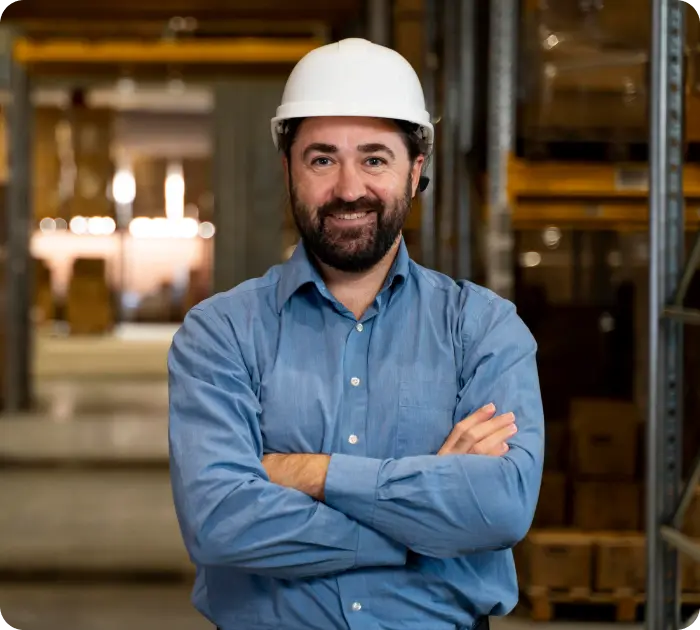Ensuring Safe Play: The Crucial Role of Quality Control in the Toy Industry | InspectionService.com
In the fast-paced world of toy manufacturing and distribution, prioritizing safety and quality control is not just a choice but an imperative. Manufacturers, importers, and those involved in the production of children’s toys bear the responsibility of ensuring that their products adhere to rigorous safety standards. In this article, we explore the critical aspects of toy quality control, covering essential tests, major testing standards, and the regulatory landscape shaping the industry.
Import Policies and Regulations for Children’s Toys
Both the United States and Europe have stringent regulations in place to ensure the safety of children’s toys. In Europe, the Toy Safety Directive (TSD) by the European Union sets out comprehensive safety requirements covering mechanical, physical, and chemical hazards, flammability, electrical safety, and labeling and packaging. Compliance with the TSD is mandatory for manufacturers, importers, and distributors, with regular inspections ensuring adherence to these standards.
Similarly, in the United States, the Consumer Product Safety Improvement Act (CPSIA) dictates the safety standards for toys. It places the responsibility on manufacturers, importers, and distributors to guarantee that their toys meet the required safety standards outlined in the CPSIA. Third-party inspection companies, such as Tetra Inspection, offer invaluable assistance by conducting on-site inspections, laboratory testing, and audits to ensure toys align with safety regulations.
Toy Quality Control Inspections: A Comprehensive Approach
Quality control of toy products involves a meticulous inspection process that safeguards against potential hazards such as choking, suffocation, and injury. Key standards, including ASTM F963, EN 71, and ISO 8124, guide these inspections, ensuring that toys meet the highest safety and quality standards.
Children’s Toy Safety Testing
Children’s toy safety testing is a critical component of the quality control inspection process. This testing involves a series of essential tests conducted during on-site inspections, covering raw materials, components, and finished products. The testing standards include CPSIA and ASTM standards, and they address various aspects of safety and quality.
Major Testing Standards for Raw Materials
Before the production of toys begins, it is imperative to ensure that the raw materials meet the stringent standards set by regulatory bodies. The CPSIA sets the standards for materials such as flammability, lead content, phthalates, mechanical testing, and chemical testing. Ensuring compliance with these standards is vital to prevent potential risks associated with hazardous substances and ensure the overall safety and durability of toys.
Major Toy Testing Items
Toy quality control inspections encompass a range of testing items to guarantee comprehensive safety and quality assessments:
- Choking Hazard Tests: Including small parts tests and vibration tests, these assessments identify potential choking hazards by evaluating the stability of toy components.
- Raw Materials Testing: Assessing materials like plastic, metal, and textiles to ensure their safety for children’s use.
- Components Testing: Evaluating individual components such as buttons and zippers to confirm secure attachment and eliminate choking hazards.
- Finished Products Evaluation: Ensuring that the final product meets safety and quality standards, providing assurance for safe play.
- Small Parts Test: Determining if small parts can be easily detached, posing a choking hazard.
- Detachment Test: Evaluating if parts can detach easily, potentially posing a hazard to young children.
- Swallowing Hazard Test: Assessing if a toy or product poses a hazard of being swallowed, leading to choking or suffocation.
In conclusion, the stringent regulations and quality control measures in the toy industry are not just compliance requirements but essential safeguards for children’s well-being. By staying informed about these regulations, conducting thorough quality control inspections, and adhering to industry standards, manufacturers and stakeholders contribute to creating a safer and more enjoyable play environment for children worldwide.
Get Quotes and Ensure Quality
Across Your Supply Chain
Contact Info
Our location
Unit 2A, 17/F, Glenealy Tower No 1. Glenealy, Central Hong Kong


